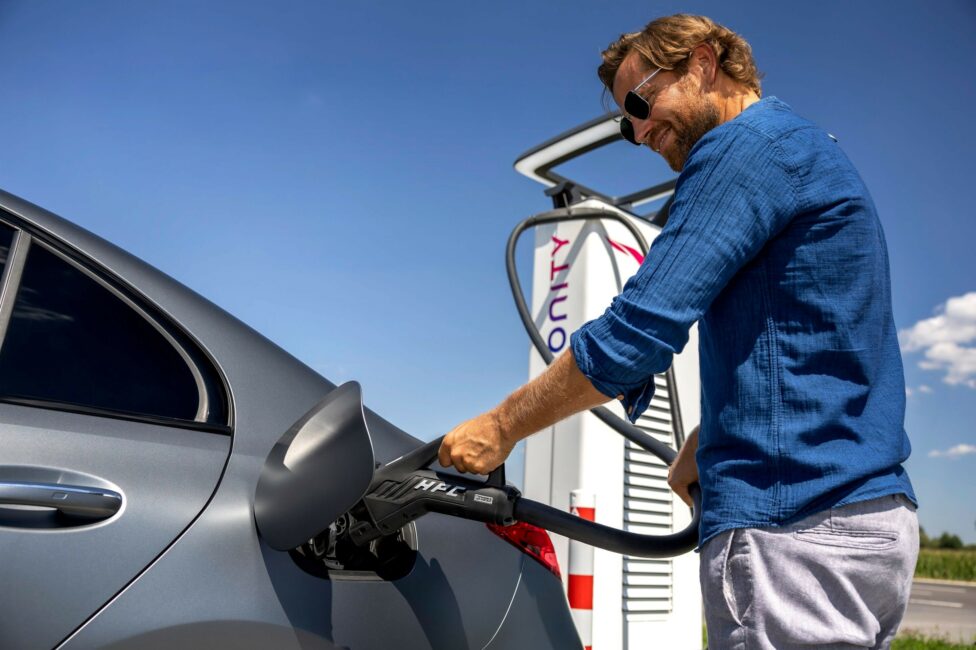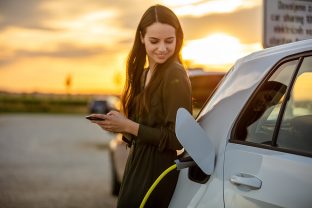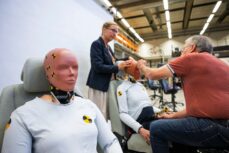You’ll soon be able to plug and charge your EV with no need for a card or mobile application

One way to convince drivers to switch to more environmentally friendly models, whether hybrid or electric, is to simplify the charging process. With this in mind, Tesla was the first to introduce Plug & Charge technology in its Superchargers, which recognize the various models of the American brand as soon as they are plugged in.
The attractive concept has since been taken up by the Ionity consortium, which includes BMW and Mercedes. From next year, it will be extended to all operators belonging to the Hubject European eRoaming network, a joint venture also launched by the two German manufacturers, among others. As such, it will be possible to digitally store several charging contracts in a vehicle, from different suppliers, as long as these are affiliated with Hubject.
The idea is for drivers to have nothing else to do but connect the terminal to the dedicated port on the vehicle and wait for charging to take place. Here, the car is immediately recognized, thanks to the digitally stored registration data. At the end of the charging process, billing will be carried out automatically through a data exchange between the car and the charging station. In this scenario, the driver does not have to use any kind of card or mobile application.
However, as the “Plug & Charge” system is compliant with the ISO 15118 cybersecurity standard, only a few vehicles can benefit from it today. BMW has announced that all its future electric models will include this technology. At Mercedes, the EQS and EQE are already compatible with this technology, while the same will soon be true for the current C-Class and S-Class plug-in hybrids, by means of a simple remote update. However, it will not be until mid-2023 that the lucky owners of a compatible car will be able to take advantage of this technology.














